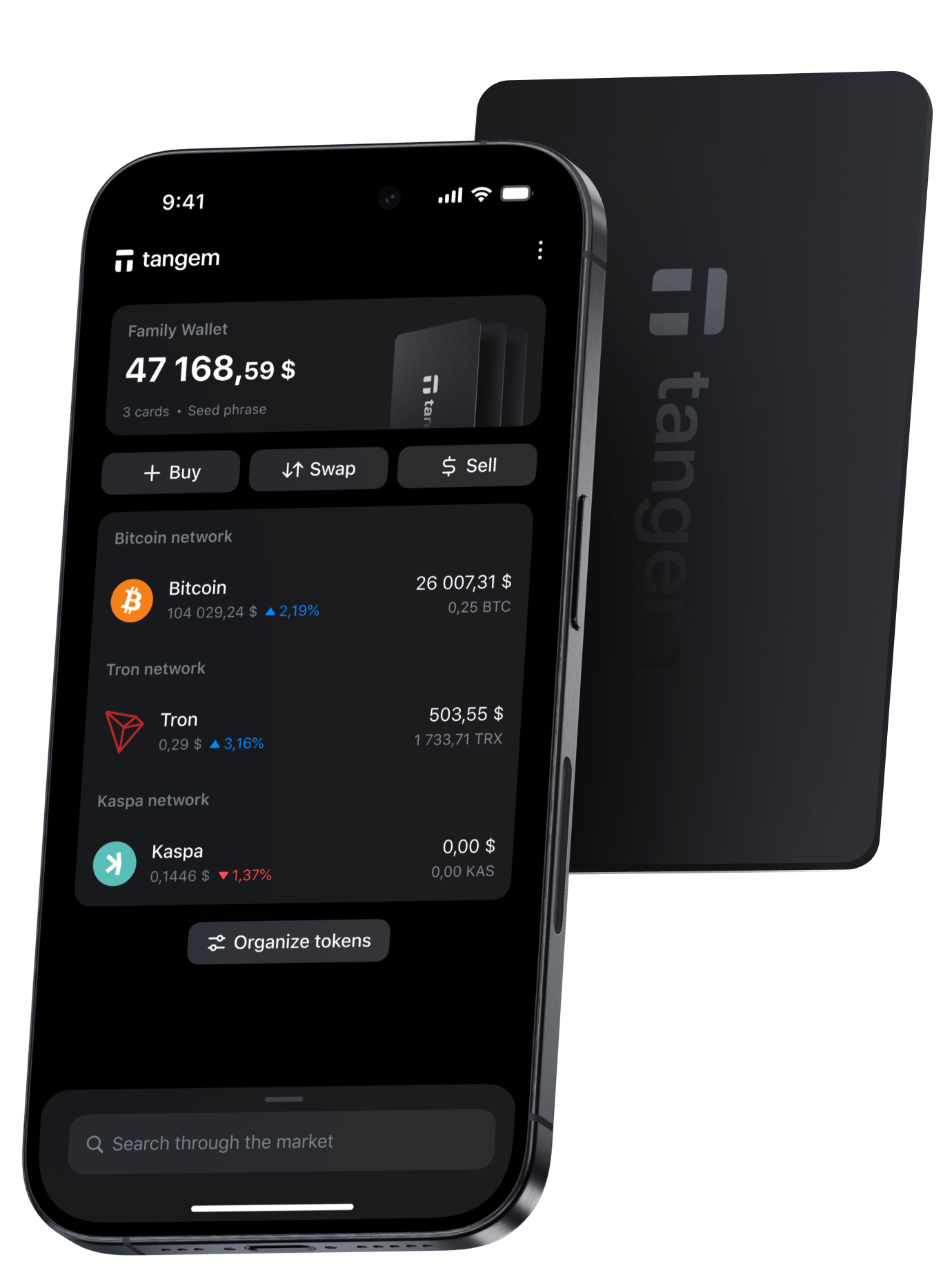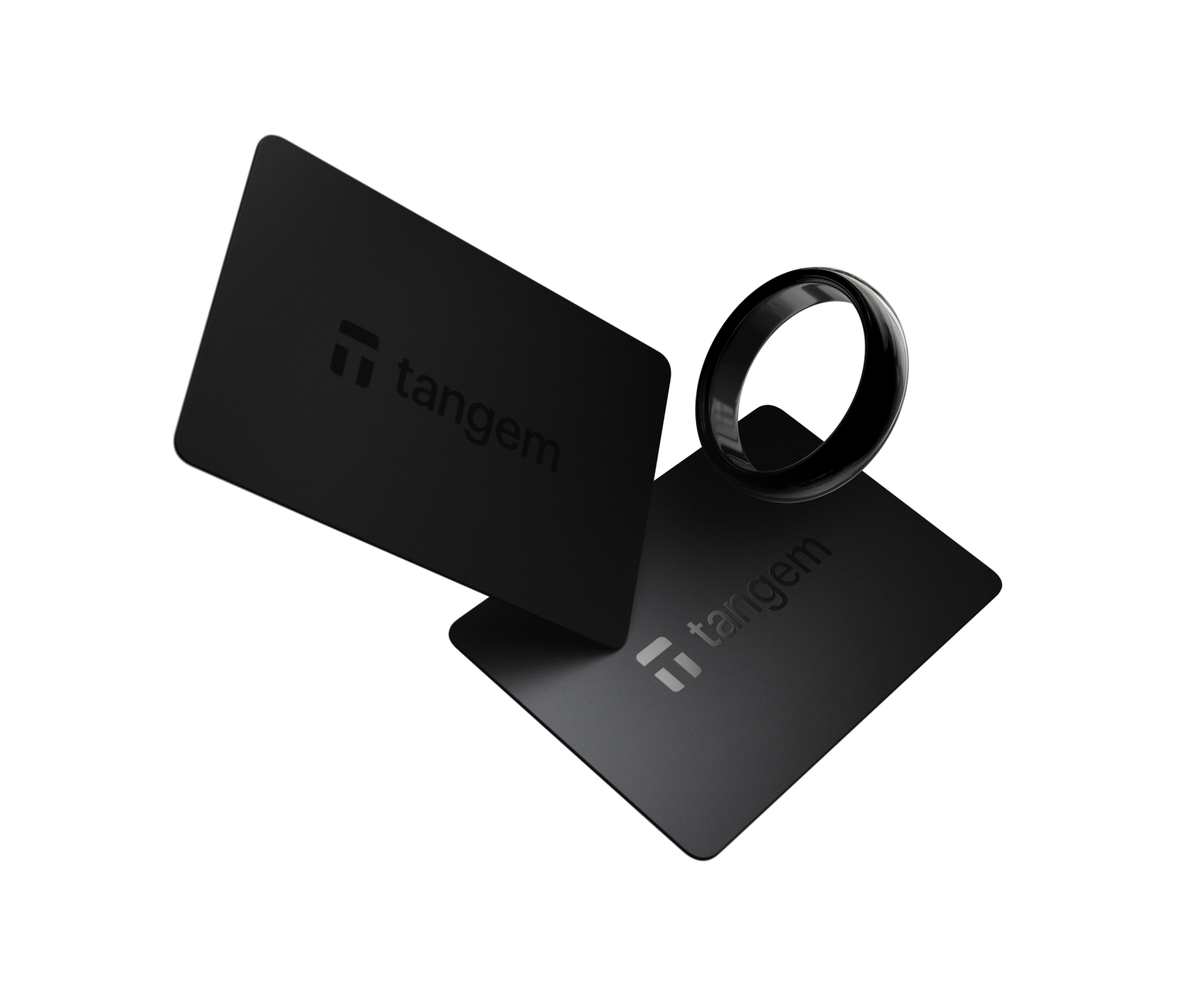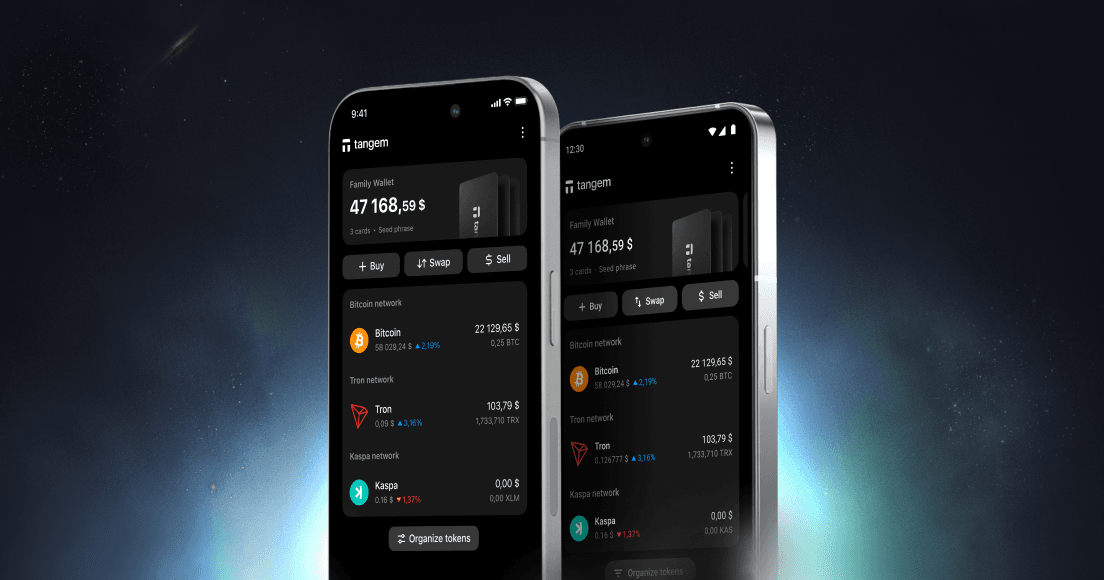
fanC wallet
The most secure hardware wallet for your fanC
Tangem offers ultimate security for your fanC—be part of a large trusted community!

How to secure your fanC with Tangem?
When you buy or hold fanC in Tangem, it secures your private keys in many ways:
- With the seedless setup and smart backups on extra devices, your Bitcoin is safe and accessible only to you.
- Tangem is IP69K water and dustproof, built to protect against extreme temperatures, EMPs, ESCs, and X-RAYS.
- An access code and biometric authentication protect against unauthorized access.
- Private keys are generated and stored on its EAL6+ CC secure element.
How to get a fanC Crypto Wallet?
Tangem products are for everyone, from beginners to experts. They keep your crypto safe and easy to manage. With cutting-edge technology, Tangem lets you control and protect your digital assets.
Get TangemWhy choose fanC wallet with Tangem.
What is fanC (FANC)?
fanC sets the stage for a revolutionary social AI ecosystem by bridging participants, securing creators' rights, and enhancing user interaction. By merging Web2 with Web3 technologies, it links creators, audiences, and social platforms, promoting content ownership and enabling users to actively partake in platform management with profit-sharing opportunities.
What is a fanC wallet?
A fanC wallet functions as a digital safe for your private keys, which are the gateways to your fanC addresses. While the wallet itself doesn't store fanC directly—since your cryptocurrency lives on the blockchain—it is crucial for generating and safeguarding your private keys. This ensures you can access, send, receive, and manage your fanC holdings with ease and security.
How does a fanC wallet work?
fanC wallets utilize public and private key pairs to control blockchain accounts. Your private key, which must remain confidential, ensures access to your fanC account. The public key can be shared to receive fanC funds. To transfer your funds, you need the corresponding private key. A Tangem Wallet proficiently creates and safeguards these keys securely within its advanced chip.
What are the types of fanC wallets?
Exchange fanC Wallets:
Platforms like Coinbase, Binance, and Kraken facilitate fanC transactions using custodial wallets, which centralize control but might lead to access risks.Software fanC Wallets:
Installed on your devices, these wallets manage fanC private keys with ease but can be susceptible to cyber threats. Categories include mobile, desktop, and browser wallets.Mobile fanC Wallets:
Apps for managing fanC directly via smartphones.Desktop fanC Wallets:
Software installed on PCs, keeping private keys on local storage like hard drives or solid-state drives.Hardware fanC Wallets:
Ensures offline safeguarding against online breaches, similar to the Tangem wallet.
How to Choose the Best fanC Wallet
Selecting the right wallet ultimately depends on what you value most—simplicity, trustworthiness, sturdiness, or utmost security. For substantial security and managing considerable holdings, a hardware wallet like Tangem is highly advisable.

Tangem supports other cryptocurrencies
Reliability and convenience at your fingertips. Manage thousands of cryptocurrencies with peace of mind anywhere and anytime
See all supported cryptosfanC FAQ
- You can buy fanC on major cryptocurrency exchanges like Binance, Coinbase, or Kraken. You can also use P2P platforms or specialized exchange services. For safe storage, it is recommended to use a reliable wallet like Tangem.
- For long-term storage of fanC, a cold wallet such as Tangem is the best choice, offering a high level of security. For active transactions, a hot wallet is more convenient but less protected from hacking.
- Transfer fees for fanC depend on the blockchain network load and the exchange or wallet used. Typically, this includes a network fee (gas fee) and possibly additional fees from the platform.
- To create a wallet for fanC, install the Tangem app, follow the instructions to set up a cold wallet, and generate a unique address for storing your cryptocurrency.

Something went wrong
🎉 You've unlocked 15% OFF!
Use 15OFFRING — valid for Tangem Ring till 30/09/2025 | Tap & Get

